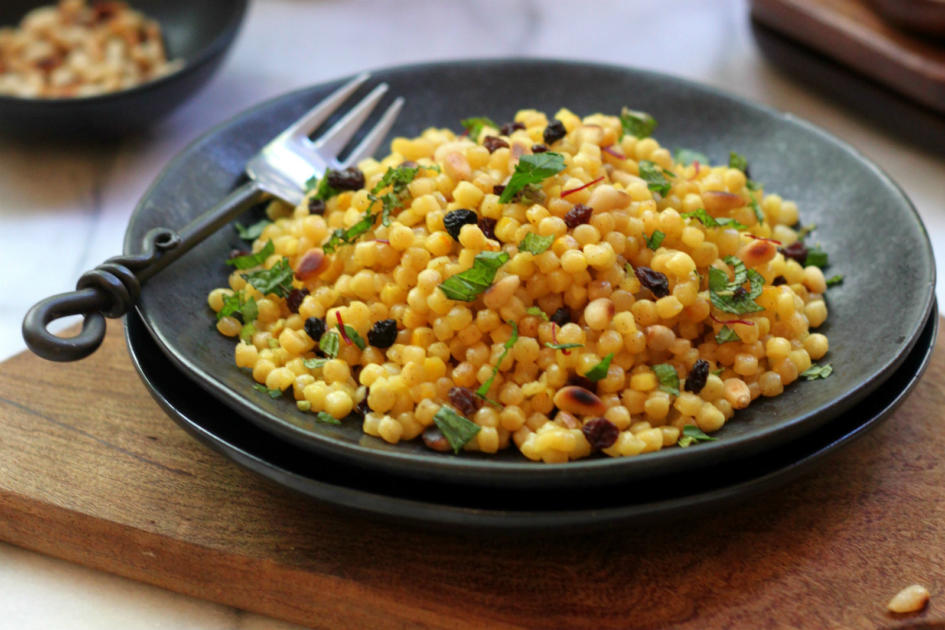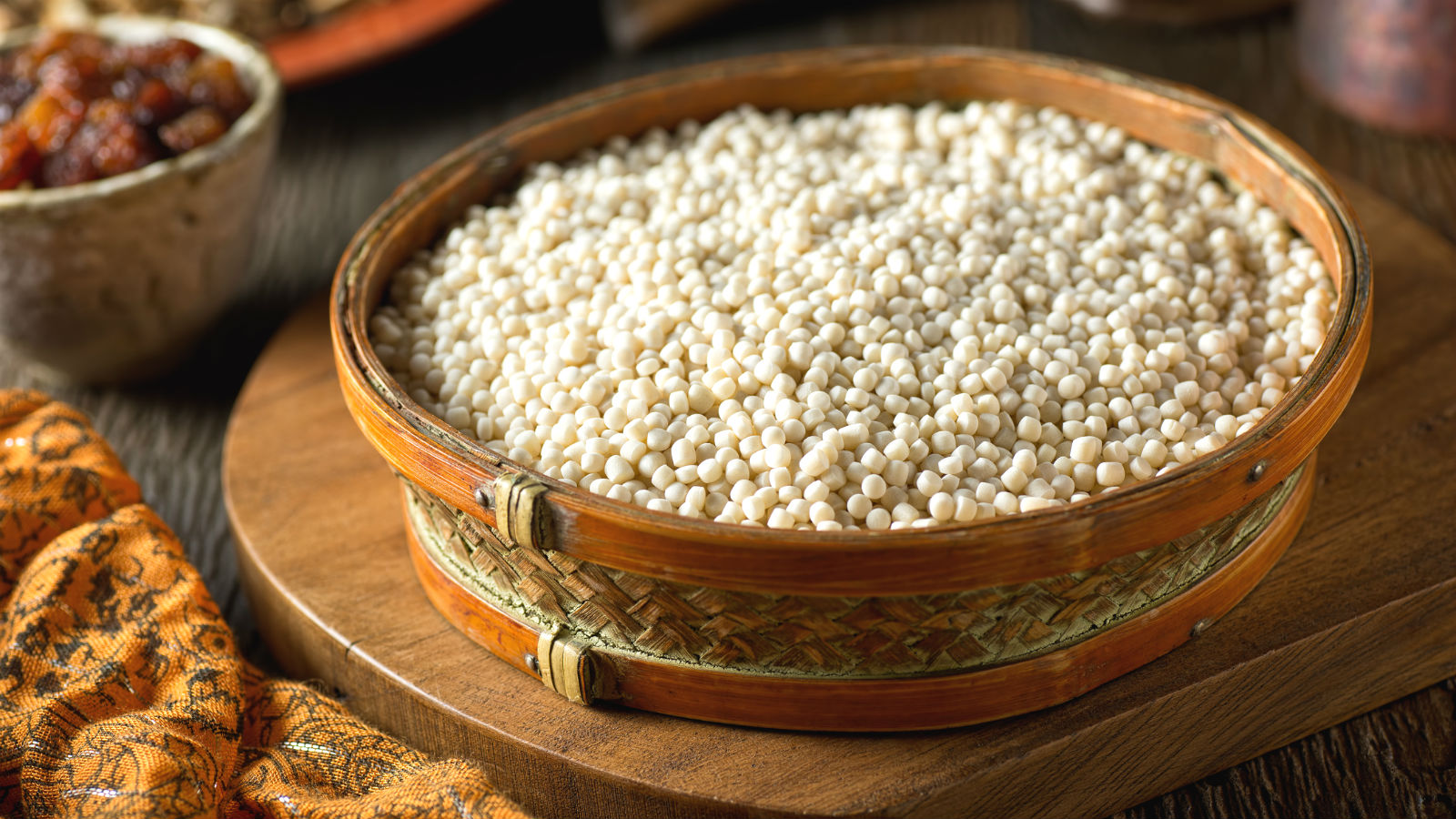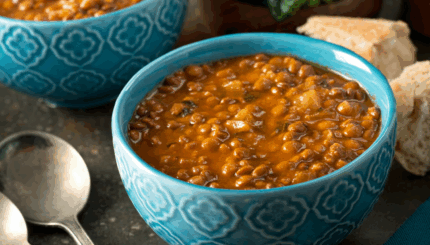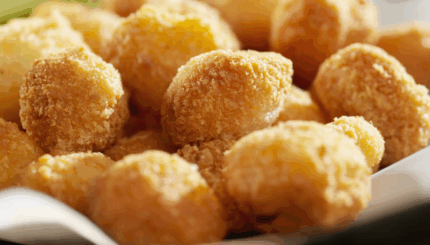If you haven’t yet met Israeli couscous, it’s high time you did — although be warned that you may be introduced to it by another name. Israeli couscous is a misnomer; while the orb-shaped grain is uniquely Israeli, it is technically not couscous.
Unlike the finely grained North African couscous made of semolina, Israeli couscous has larger granules, resembling tiny pearls, which are made of baked wheat. The result is a pasta-like product, which remains firm when cooked and has a delicious toasted wheat flavor, similar to the Sardinian pasta, fregola sarda. Because of its shape and size, Israeli couscous is sometimes marketed as pearl couscous. Yet in Israel, it goes by neither of these names — it’s called ptitim, which means “flakes” in Hebrew.
Ptitim’s origin is relatively modern, and was integral to the early days of Israel. Following the War of Independence, when the country was newly formed and faced rationing, Prime Minister David Ben-Gurion tasked Osem, one of Israel’s largest food manufacturers and distributors, with creating an inexpensive starch that was more affordable than pricey rice. The result was an extruded wheat paste in the form of rice granules that were dried and toasted. This product quickly became a family staple. Over time, the shapes evolved, including into small pearl shapes resembling maftoul, the hand-rolled Palestinian couscous made from bulgur wheat.
Like many foodstuffs derived from necessity, ptitim became, and remains, a nostalgic comfort food in the Israeli kitchen. It wasn’t until the end of the 20th century that ptitim grew in popularity abroad and was embraced by chefs, earning its adopted name, Israeli couscous. Nowadays, ptitim is easily found in shops in the U.S., where it’s marketed as Israeli or pearl couscous.
The Nosher celebrates the traditions and recipes that have brought Jews together for centuries. Donate today to keep The Nosher's stories and recipes accessible to all.
While the names may be confusing, its popularity is not. Ptitim is a tasty alternative to rice or pasta. It retains its shape when cooked, and adds satisfying toothsome texture and comforting toasted flavor to salads, soups, and side dishes. It’s also delicious on its own, tossed with oil or butter, lemon, and fresh herbs. As part of the production process, the couscous granules are toasted to harden them before packaging, but it’s common and advisable to toast the ptitim again in butter or olive oil before cooking. This extra step imparts a lovely golden hue to the granules, deepens their toasted flavor, and will enhance any dish.
Make sure to check out Lynda’s recipe for Israeli Couscous Pilaf.




